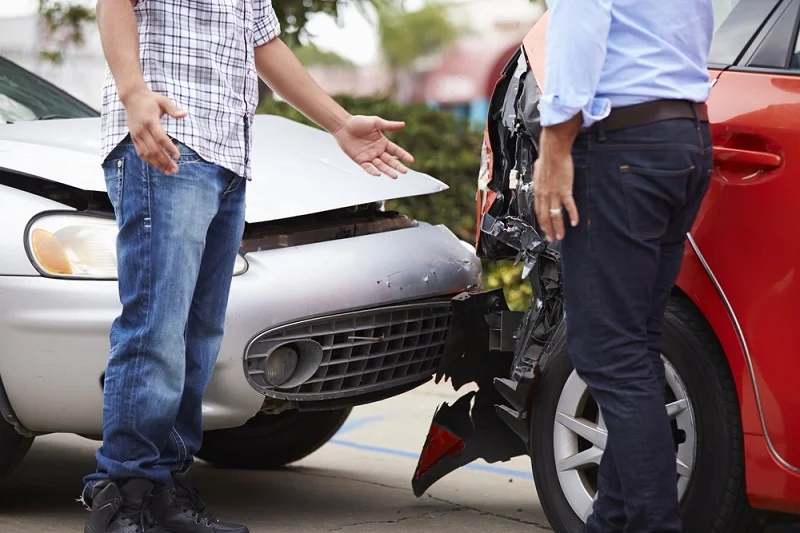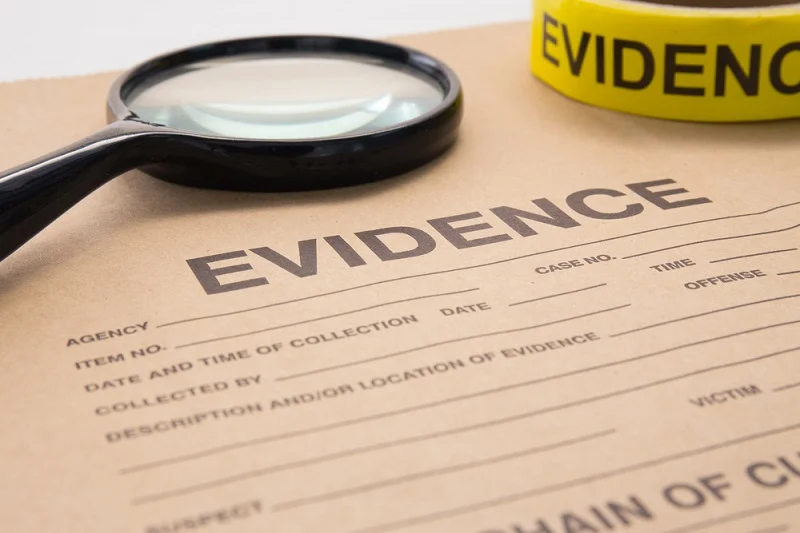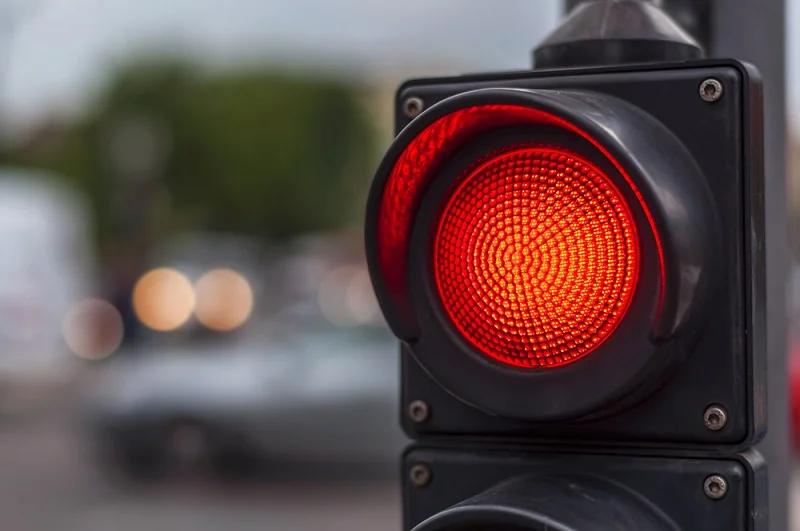Prove the Other Driver Hit Your Car
Imagine you were in an accident because of another driver. The other driver appears to be at fault, but he already has started the ‘blame-game’.
Both drivers claim a PIP and (PDL) or personal damage liability against the other. However, it takes a U-turn when an accident leads to serious injury. You decide to bring legal action for healthcare costs, pain, other non-fault insurance damages against the other driver.
Your personal injury lawyer in OKC should prove the fault of the other driver to satisfy the driver's insurer or, if necessary, to a judge and jury to succeed with this type of claim. Of course, insurance companies remain in service by trying as much as possible restrict their liabilities for benefits. Lawyers use detailed proof of the other party’s fault to have your back. If your insurer does not agree, your personal injury lawyer in OKC should demonstrate your claims in court, using the same detailed evidence if needed.
These tips provide guidelines to prove driver fault and provides tips on how to collect evidence to demonstrate that the other driver was legally liable for the damage you suffered due to the accident.
Proving Fault in Vehicle Accident Cases
You can attempt to reconstruct the accident from the damage caused to the vehicles to show that you were not the faulty driver but who was responsible if you get an injury and the driver’s insurance firm denies that he was at fault for that accident.
Perhaps the right-angle or "T-bone" collision constitutes an accident wherein vehicle damage frequently happens. Right angle crashes may occur when someone pulls out from a driveway, runs a two-way stop or if someone left turns through traffic.
Copy of Police Report
In serious car accidents, police usually appear quickly. Police reports represent the official's written observations that the accident took place, carried out the preliminary inquiry, contact witnesses and so on. Police reports usually have clues of responsibility for traffic violations.
There's a chance that the police will not be at the scene of the accident if it's a hectic day or if the ambulance transport was not required for the accident. If so, file a report to the nearest police station. The officer will consider the accident and start investigating it. Please make sure you have a copy of the final report; the police report will be considered one of the best demonstrations of liability if the other driver caused the wreck.
Gather Evidence Car Damage
You can get evidence of damage to the cars, but we know the importance police reports following an accident. Collect names and contact information of witnesses who were present at the accident scene. Also, make videos and photos of car damage on both cars with your mobile phone. You should get photos of the whole scene, including debris or fluids from the vehicles.
By looking at vehicle damage and its images, insurance adjusters and investigators not only can find sources and causes of damage but can also show which driver holds liability. Some examples are here:
Example 1:
Let's say that if anyone suddenly pulled out of an entrance as you were passing and hit your car on a residential street. How could you prove the fault of that driver by using the damage on the vehicles?
When another car hits yours on its side, it leaves the area on your car seriously damaged. Since this damage is not limited to your fender but extends along the middle part of the car, this gives some evidence that upon entering the road, the other person simply did not pay attention to stop in time.
However, there is not always such an easy picture of the evidence. For example, if before you reached the entrance, the other vehicle pulled out, so the damage to your car was only along the front and the other car got T-boned; now the evidence shows you hitting the other car. It was, of course, due to the other car driving into your path so quickly that you could not stop. However, this evidence also suggests the other car pulled out to turn left and waited for traffic to clear. You got distracted and hit the other car.
Example 2:
You go straight, and there is somebody ahead of you who turns left across your lane. Here, many drivers would try to move right in an attempt to avoid a collision with oncoming traffic. Thus, if there’s damage at the left front end, it shows you had been trying to prevent the collision by turning. It would be clear that the faulty driver did not pay attention and only cut off your car if his vehicle is damaged along the front right side.
If however, the damage on his car is in the rear right corner, this provides evidence that the incoming driver was likely careless. The further the damage is to the right of the turning car, the more it shows the car that was turning has almost completed its turn. The more that car crosses the road, the more it is likely you were at fault at least partly due to failure to slow down and prevent a crash.
Example 3:
The faulty driver often hits the other car's side if someone is running a red traffic light. This was because when the driver passed through the red light and the other driver was passing through the green light. In this case, damage usually occurs at the at-fault driver’s front end and along the side on the vehicle of the driver who was not at fault.
Collect Damage Evidence
The three must-have things you should get after a traffic accident are the name of your witnesses, pictures of the accident scene and police report.
Be sure you receive their name and contact details if there are witnesses of an accident. Liability in the case of a vehicle accident often involves testimony of one driver against the other driver. If possible, take live images of the scene of the accident. Get as many photos as possible— from both cars, things that came off the cars, and any other details — from various points of view. A video is also a great idea.
If you’ve been in an accident and aren’t what to do if a claim is made against you, come to The West Law Firm. Here you’ll get expert guidance from our personal injury lawyer in OKC. We have got you covered.
** Disclaimer: The above article does not imply a relationship between attorney and client, nor is it legal advice.



